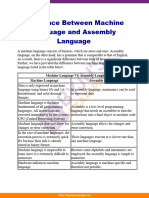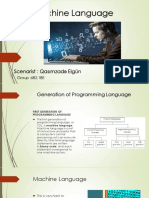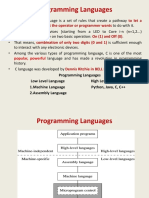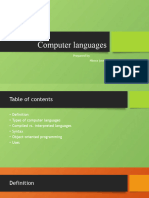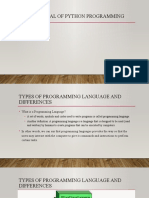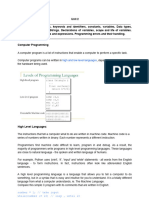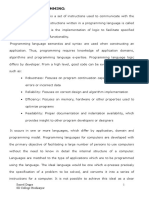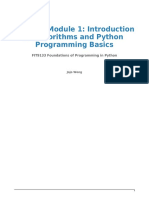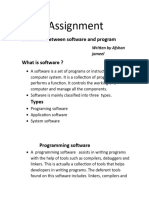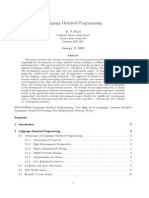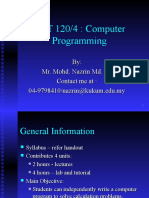0% found this document useful (0 votes)
50 views5 pagesAssembly Language Vs Machine Language
This document compares assembly language and machine language, highlighting that machine language is a binary form directly executable by computers, while assembly language requires an assembler to convert it into machine code. It categorizes programming languages into high-level, assembly, and machine languages, noting that high-level languages are easier for programmers to write and understand. The document emphasizes that machine language is the only language a computer can understand directly, with examples provided for both assembly and machine languages.
Uploaded by
Legesse SamuelCopyright
© © All Rights Reserved
We take content rights seriously. If you suspect this is your content, claim it here.
Available Formats
Download as DOCX, PDF, TXT or read online on Scribd
0% found this document useful (0 votes)
50 views5 pagesAssembly Language Vs Machine Language
This document compares assembly language and machine language, highlighting that machine language is a binary form directly executable by computers, while assembly language requires an assembler to convert it into machine code. It categorizes programming languages into high-level, assembly, and machine languages, noting that high-level languages are easier for programmers to write and understand. The document emphasizes that machine language is the only language a computer can understand directly, with examples provided for both assembly and machine languages.
Uploaded by
Legesse SamuelCopyright
© © All Rights Reserved
We take content rights seriously. If you suspect this is your content, claim it here.
Available Formats
Download as DOCX, PDF, TXT or read online on Scribd
/ 5












